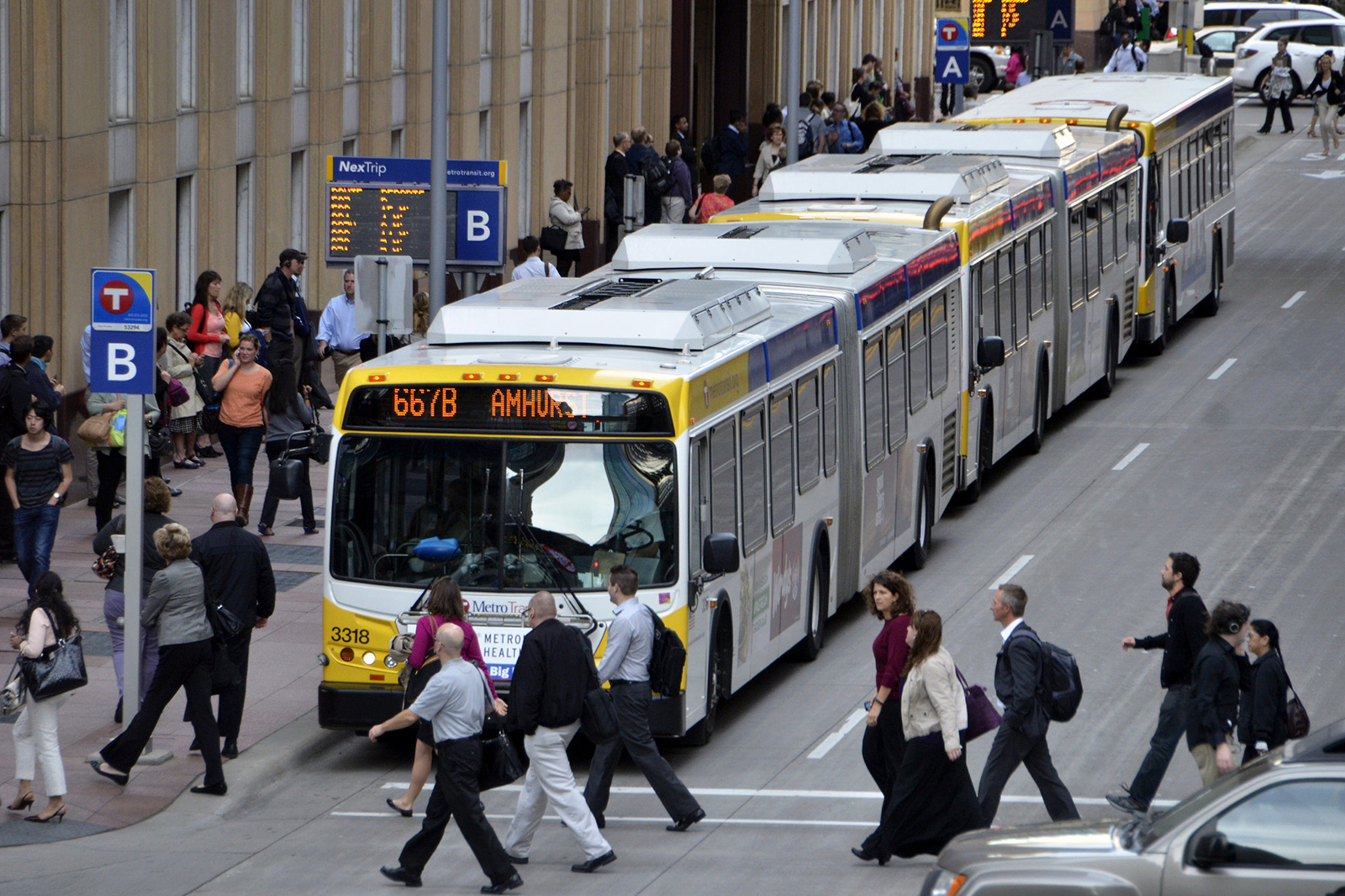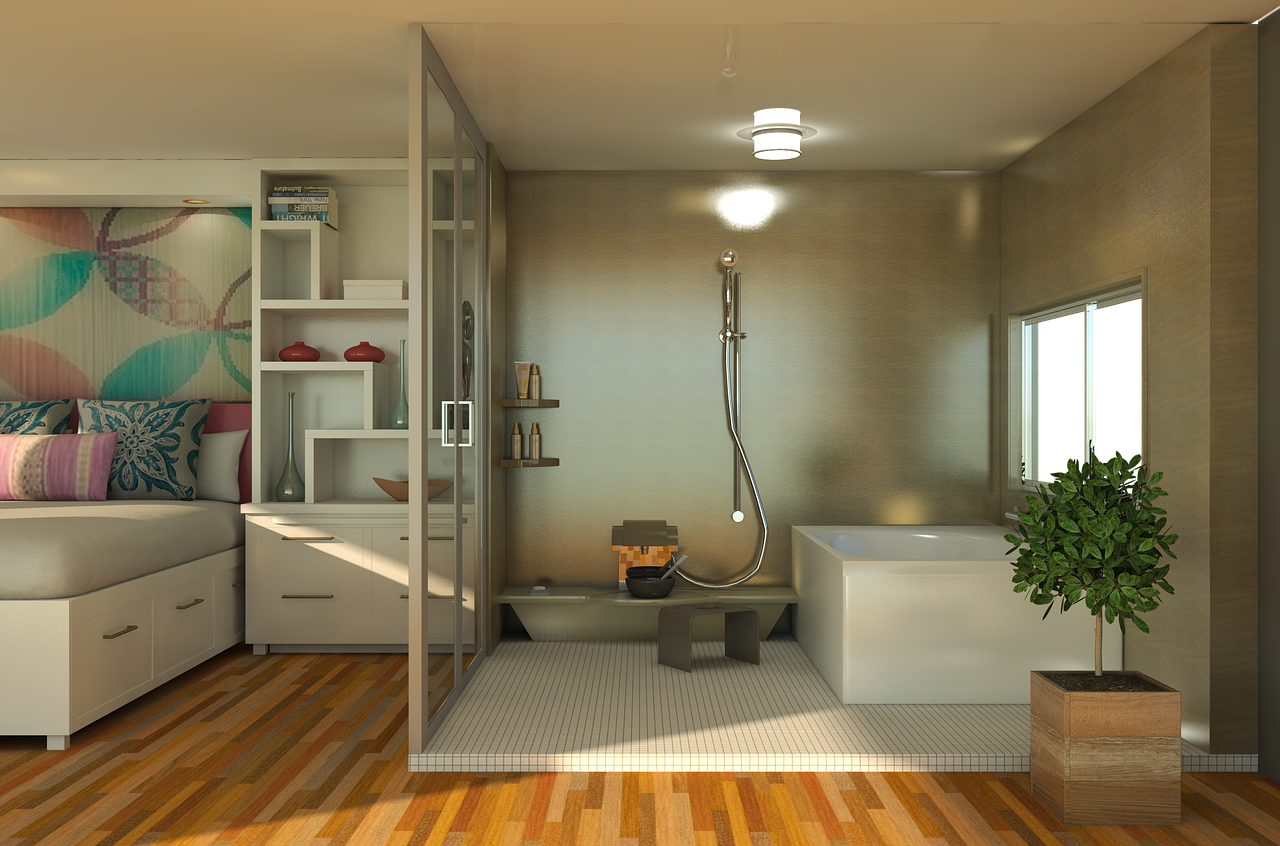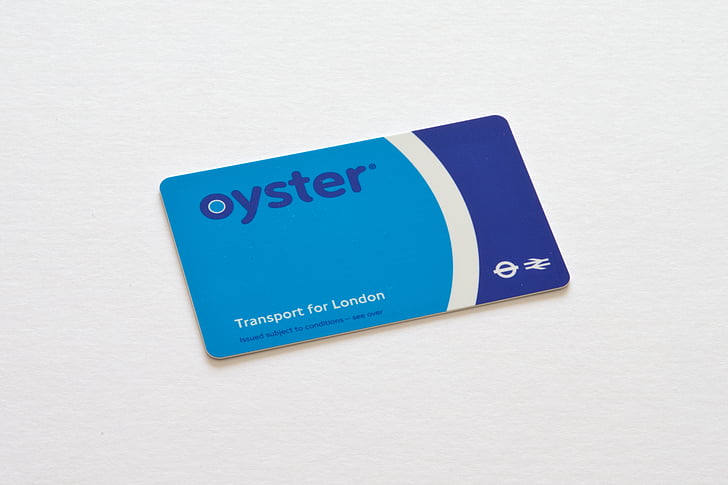Minneapolis cost of living is 6.2% lower than the national average, generally considered affordable compared to other large cities in the United States. Minneapolis offers lower living expenses regarding housing, transportation, and utilities, a high standard of living, top-notch healthcare facilities, and a strong education system. In addition, its strategic location in southeastern Minnesota, spanning both sides of the Mississippi River, positions it as a vibrant hub with a rich cultural scene and picturesque lakes. While the city has a cost of living index of 108, influenced by its healthcare costs (11.2% above the national average), it is widely considered a cost-effective place to live.
Minneapolis Cost of Living Overview
| Items | Minneapolis Cost of Living | National Cost of Living |
|---|---|---|
| Home Price | $313,874.00 | $498,033.00 |
| Rent | $1,363.00 | $1,556.00 |
| Meal & Groceries | $364.25 | $358.53 |
| Transportation | $1,290.00 | $1,380.00 |
| Healthcare | $146.00 | $131.00 |
| Utility Billing | $282.00 | $294.13 |
| Goods & Service | $948.00 | $989.71 |
According to Numbeo, a single person’s monthly cost of living in Minneapolis is approximately $1,199 without rent. If renting a one-bedroom apartment in the city center, the total cost of living is around $2,826 per month. For a family of four, it is approximately $4,347.8 without rent. If renting a three-bedroom apartment in the city center, the total monthly living expenses in Minneapolis should be paid around $6842.8. For a student, the estimated Minneapolis cost of living is approximately $1,750 to $2,500 per month.
The following is the monthly average of Minneapolis living expenses compared to the national average.
- Home Price: Home prices in Minneapolis are 37% below the national average, making homeownership relatively affordable.
- Rent: Rent is 12% below the national average, making renting a home more affordable.
- Meal & Groceries: Food and grocery costs are 2% above the national average, but the difference is insignificant.
- Transportation: Transportation costs, including gasoline and public transportation, are 7% lower than the national average.
- Healthcare: Healthcare costs are 11.2% higher than the national average.
- Utility Billing: Utility costs, including energy and phone bills, are 4% below the national average.
- Goods & Service: Goods and services costs are 4% below the national average.
Minneapolis Cost of Living Breakdown
For individuals planning a move or students considering the city for education, understanding Minneapolis cost of living is crucial for making informed financial decisions, employment options, long-term financial well-being, family planning, or neighborhood selection.
Housing Expenses
Home Price in Minneapolis MN
Housing prices are a significant component of the overall Minneapolis MN cost of living, making them a crucial aspect to explore. The Minneapolis housing market has shown signs of growth, but the overall home prices remain below the national average. The median home price is $350,000, marking a 2.9% increase compared to the previous year. The average home price in Minneapolis is currently $313,874, which is 37% lower than the national average. The following are the various home prices in Minneapolis neighborhoods.
| Neighborhoods | Home Prices |
|---|---|
| Calhoun-Isle | $360,000.00 |
| Camden | $225,000.00 |
| Central | $319,750.00 |
| Longfellow | $330,000.00 |
| Near North | $225,000.00 |
| Nokomis | $350,000.00 |
| Northeast | $335,000.00 |
| Phillips | $220,000.00 |
| Powderhorn | $290,000.00 |
| Southwest | $480,000.00 |
| University | $304,500.00 |
Rent in Minneapolis MN
The average rent in Minneapolis is relatively affordable compared to other major US cities, making it an attractive destination for those seeking a balance between the cost of living and life quality. As of February 2025, the median rent for all types of rentals in Minneapolis is $1,490 per month, 25% lower than the national average. The average rent in Minneapolis, MN, is $1,363 per month, 12% lower than the national average.
| Room Type | Average Rent |
|---|---|
| 1 Bedroom Apartment in City Centre | $1,650.53 |
| 3 Bedroom Apartment in City Centre | $2,571.36 |
| 1 Bedroom Apartment Outside of Centre | $1,205.56 |
| 3 Bedroom Apartment Outside of Centre | $1,978.75 |
For students, rentals are affordable, especially for student housing, starting from $450 per month. Renting a cheap apartment can help you save on the cost of living in Minneapolis, MN. Our apartments are conveniently located near university campuses and provide student-oriented amenities to ensure a comfortable and convenient living environment. If you plan to rent off-campus housing, please feel free to contact us for more information.
Meal & Grocery Expenses
Food expenditures also constitute a significant portion of the total MN cost of living. Meal and grocery costs are relatively moderate compared to other U.S. cities. The city’s restaurant scene offers a diverse range of options at reasonable prices, while grocery prices in Minneapolis are slightly above the U.S. average, representing 2% higher.
The average single adult allocates approximately $364.25 per month to food expenditures. The average household allocates 37.2% of total food expenditures to dining out, compared to 62.7% for home consumption. On average, a family has a monthly food budget of approximately $1,200. The data suggests that the cost of living in Minneapolis, Minnesota, in terms of food, is relatively affordable. You can find below some typical prices for dining out and grocery.
| Meal & Groceries | Cost |
|---|---|
| Inexpensive Restaurant | $19.00 |
| Mid-range Restaurant | $45.00 |
| Domestic Beer (1 pint draught) | $6.50 |
| Coke/Pepsi (12 oz small bottle) | $3.02 |
| Milk (1 gallon) | $3.65 |
| Loaf of Fresh White Bread (1 lb) | $3.51 |
| Rice (1 lb) | $2.24 |
| Eggs (12) | $3.68 |
| Local Cheese (1 lb) | $5.24 |
| Apples (1 lb) | $2.58 |
| Banana (1 lb) | $0.89 |
| Oranges (1 lb) | $3.10 |
| Tomato (1 lb) | $2.30 |
| Water (1.5 liter bottle) | $2.20 |
| Bottle of Wine | $15.00 |
Transportation Expenses
For students and the average commuter, transportation costs are a significant component of the Minneapolis living expenses. According to Budget Your Trip, the average transportation expense is approximately $43 per person per day, which is lower than the U.S. average of $46. Public transportation is more cost-effective than driving or taking a taxi, potentially saving significant amounts of the cost of living in Minneapolis, MN.
Public transportation is more affordable for teens, seniors, and Medicare beneficiaries, with a $1 one-way fare. Bicycle is also an affordable transportation mode. For those without personal bicycles, Nice Ride offers a bicycle-sharing service. The cost is $6 for a 24-hour pass and $2.50 for a 30-minute ride.
| Transportation | Cost |
|---|---|
| One-way Ticket | $2.50 |
| Monthly Pass | $87.50 |
| Gasoline (1 gallon) | $3.39 |
Healthcare Expenses
Among the various components of the cost of living in Minneapolis, healthcare is one of the high expenditures. Healthcare costs are 11.2% higher than the U.S. average. It costs highly due to several factors, including reputable healthcare providers in the city and the surrounding area offering high-quality care. Additionally, Minneapolis has more private health insurance and public programs, such as Medicaid, than the national average. The demand for and use of long-term care services in the area is also high, at 17.3%, well above the national average of 7.6%.
While healthcare costs are higher, its higher level of care and the other cheaper Minneapolis living expenses can offset the spending to some extent. It is important to note that each person has a different health condition and spends differently on healthcare.
| Healthcare | Cost |
|---|---|
| Doctor’s Visit | $141.72 |
| Dentist Visit | $116.54 |
| Optometrist Visit | $129.81 |
| Rx Drug | $246.05 |
| Veterinary Visit | $64.69 |
| Common Medical Procedure | Cost |
|---|---|
| Coronary Stent Implantation | $27,000 to $74,200 |
| Knee Replacement Surgery | $13,300 to $36,500 |
| Chest CT Scan | $550 to $1,450 |
| Gastroscopy | $1,200 to $3,800 |
| Magnetic Resonance Imaging | $575 to $1,500 |
| Lactation Examination | $80 to $200 |
Utility Billing
Utility expenses, including charges for water, sewer, garbage collection, electricity, and natural gas, constitute a substantial component of the average cost of living in Minneapolis. Minneapolis households allocate $230-$330 per month toward utility expenses, which is 4% below the national average. This lower average cost can be attributed to the effectiveness of municipal management and the heightened energy efficiency awareness among residents.
While the city boasts relatively low average costs, the variable weather conditions, characterized by cold winters and hot summers, can substantially impact energy consumption, varying significantly between individuals. For renters, renting apartments with utility bills included can save on the MN cost of living. Please visit our website to find and inquire about these types of housing.
| Utility Billing | Cost |
|---|---|
| Basic for 915 sq ft Apartment | $166.92 |
| Mobile Phone | $52.50 |
| Internet | $63.21 |
Goods & Service Expenses
The cost of goods and recreational services in Minneapolis is 4% lower than the U.S. average. This affordability is attractive for new residents and students, allowing for a higher quality of life while saving Minneapolis Minnesota cost of living. Local government tax incentives and subsidies encourage businesses to offer more affordable goods and services, positioning Minneapolis as a leader in competitive pricing, particularly for daily necessities and select consumer goods. You can find below some typical prices for goods and entertainment.
| Goods & Service | Cost |
|---|---|
| 1 Pair of Jeans (Levis 501 Or Similar) | $63.02 |
| 1 Summer Dress in a Chain Store (Zara, H&M) | $45.83 |
| 1 Pair of Nike Running Shoes | $85.50 |
| 1 Pair of Men Leather Business Shoes | $101.50 |
| Fitness Club | $51.25 |
| Tennis Court Rent (1 Hour) | $14.17 |
| Cinema | $15.00 |
Minnesota Taxes
When calculating Minneapolis cost of living, it is important to consider all relevant factors, including taxes. Minnesota has the eighth highest tax burden in the country, with an average tax rate of 9.41%.
| Tax | Percentage of Personal Income |
|---|---|
| Income Taxes | 3.11% |
| Property Taxes | 2.99% |
| Total Sales and Excise Taxes | 3.41% |
Minnesota’s income tax structure is progressive, with four tax brackets: 5.35 percent, 7.05 percent, 7.85 percent, and 9.85 percent. The state sales tax rate is 6.875%, with local governments permitted to impose a local surtax of up to 1.5%. In Minneapolis, the sales tax rate is 9.025%. Minnesota also taxes other sources of income, such as investment income and pensions.
To effectively reduce tax liability, you can conduct sound tax planning and utilize policies. Minneapolis offers tax incentives to encourage the development of affordable housing. For example, the 4d Program allows landlords to receive property tax relief by reserving at least 20% of their rental units as affordable housing. You can also reduce your tax burden by taking full advantage of special deductions, such as special deductions for children’s education and home loan interest.
Life Quality & Average Salary Minneapolis

While a comprehensive understanding of the cost of living in Minneapolis is essential for evaluating the affordability of living expenses, the average income of residents is valuable for assessing your quality of life.
According to Payscale, the median household income is $74,473 yearly, and the per capita income is $49,617, 10% higher than the rest of the state. Minneapolis has a quality of life score of 88, indicating that the city performs well. The average salary in Minneapolis is $81,000 yearly, which is a high salary level that can improve your living conditions, including better housing, education, and recreational amenities. The following table shows the average salary in Minneapolis for various jobs in Minneapolis:
| High Salary Positions | Annual Salary |
|---|---|
| General Manager (GM) | $133,199.00 |
| Chief Executive Officer (CEO) | $128,893.00 |
| Director | $123,106.00 |
| Physician Specialist | $117,022.00 |
| Security Specialist | $104,788.00 |
| Bank Manager | $100,811.00 |
| Certified Financial Analyst | $95,754.00 |
| Operations Manager | $93,881.00 |
| Corporate Counsel | $91,705.00 |
| Principal Architect | $88,572.00 |
| Medium Salary Positions | |
| Project Manager | $64,949.00 |
| Software Developer | $45,435.00 |
| Marketing Manager | $53,232.00 |
| Human Resource Manager | $55,790.00 |
| Financial Advisor | $69,218.00 |
| Engineers | $53,403 to $66,002 |
| Information Technology Manager | $72,731.00 |
| Low Salary Positions | |
| Customer Service Representative | $32,557.00 |
| Educator | $41,181.00 |
| Administrative Assistant | $25,287.00 |
| Sales Representative | $40,029.00 |
| Restaurant Manager | $28,927.00 |
Conclusion
The moderate Minneapolis cost of living makes it an attractive option whether you seek to relocate or pursue higher education. With strategic financial planning, you can expect to enjoy a high quality of life in this city. For attending college, there are various strategies to reduce living expenses, such as opting for student housing in Minneapolis, MN, which is more affordable, utilizing public transportation, and practicing budgetary prudence. Suppose you plan to reside in Minneapolis for an extended period. In that case, you should undertake a comprehensive financial assessment to ascertain that your income will adequately cover the cost of living in Minneapolis. To save on living expenses, you can rent or buy a home or an apartment in the suburbs.
FAQ
Is it expensive to live in Minneapolis?
Minneapolis cost of living is generally not expensive compared to other major US cities like San Francisco and New York. Minneapolis living expenses are 6.2% lower than the national average. The relatively lower housing and transportation costs help balance out the higher healthcare costs.
What salary do you need to live comfortably in Minneapolis?
The required salary for a comfortable life varies depending on your cost of living and family size. Minneapolis cost of living is 6.2% lower than the national average, making it more affordable. For a single person, $51,684 per year allows you to live comfortably; for a family of four, $93,482 provides a good buffer for additional expenses and savings.
What is the average price of housing in Minneapolis?
Minneapolis’s Median Home Price is $325,000. The median sale price per square foot in Minneapolis is $202. The average rent for an apartment in Minneapolis is $1,495 per month. If you seek to save Minneapolis living expenses, uhomes.com offers Minneapolis housing starting at $451 monthly.









